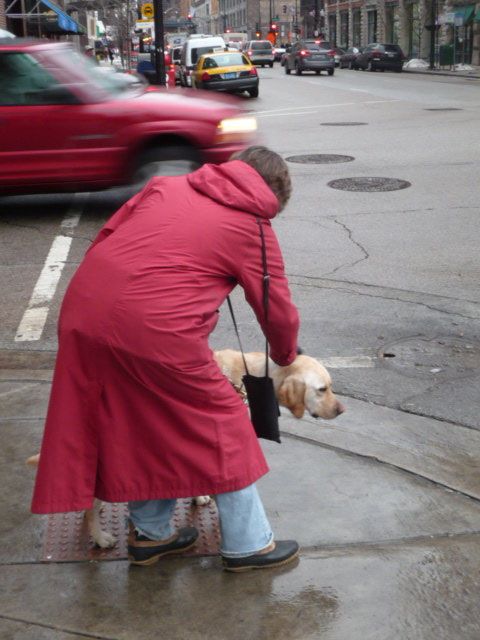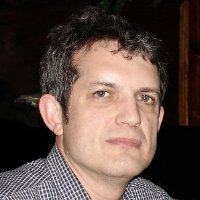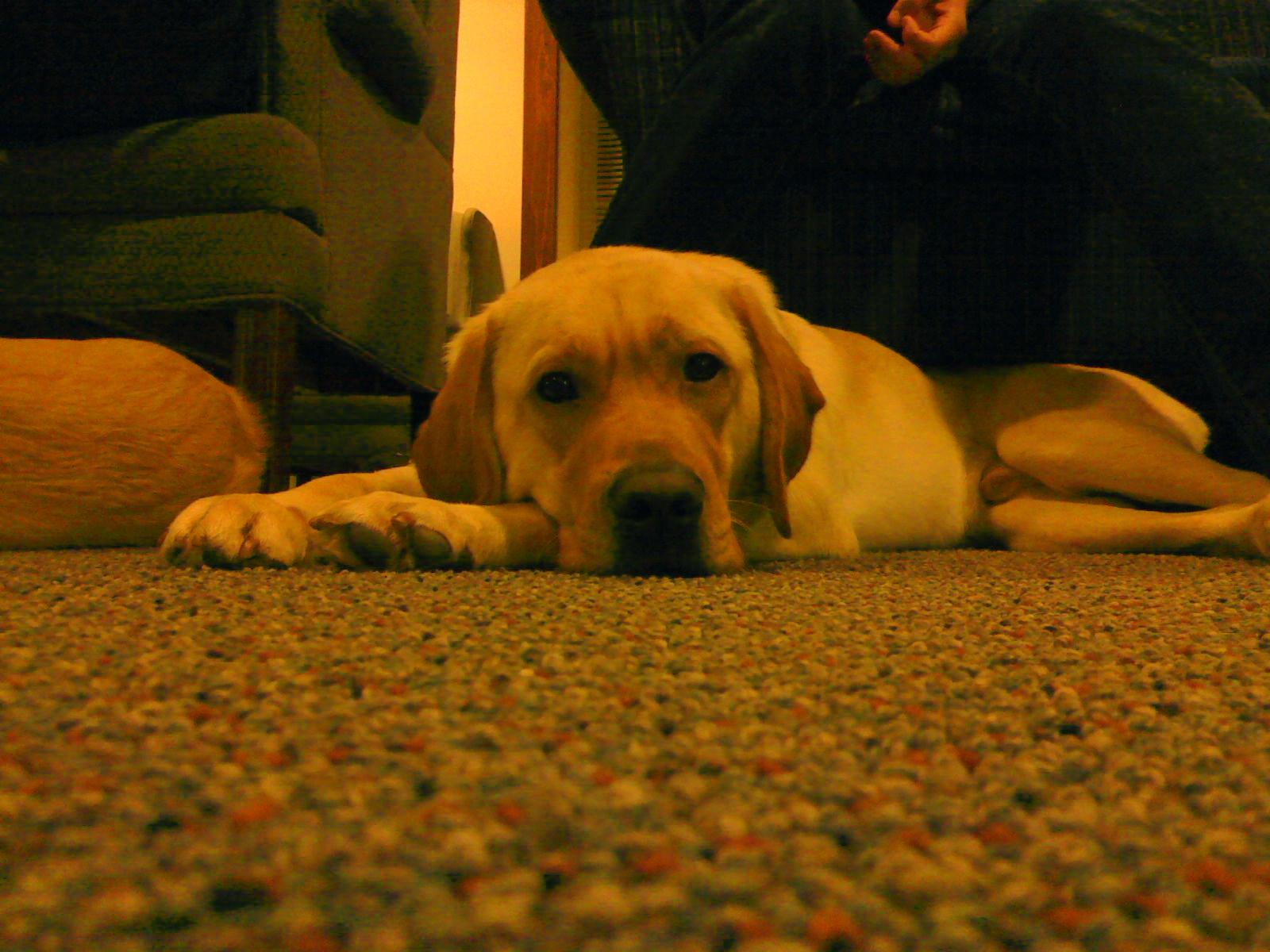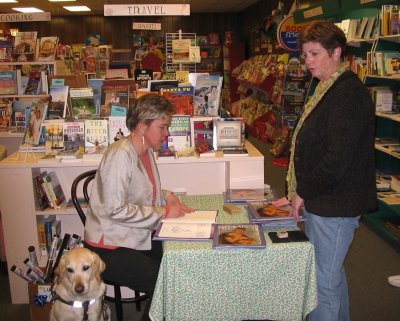One night when Mike and I were still living in Urbana, we sprung for a babysitter and headed to a nearby bar to hear some live music. The band was fun, the place was packed, and two young strangers invited us to share their table.
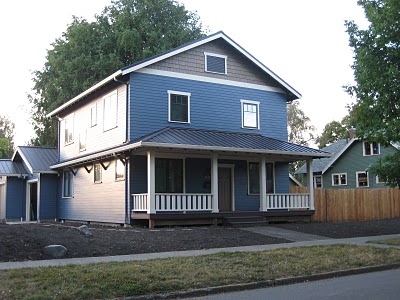
That's a just-completed residence built to the Passive House standard, in Salem, Ore.
Through the din of the band and the beer we managed to make conversation and discover that the two of them were newlyweds, both working as architects in Chicago. Katrin was born in Germany. Nic was born near Urbana. They were in town that weekend looking for an inexpensive empty lot where they could build something called a Passive House. I couldn’t make out Nic’s explanation of what a Passive House was, exactly, but before the night ended, Katrin had slipped a business card to Mike, and we promised we’d let them know if we heard of any property for sale.
The next time we saw Katrin, she was a widow. Nic had an undiagnosed brain tumor. He died suddenly. Unexpectedly. Katrin
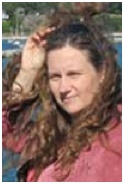
That's Katrin Klingenberg.
left Chicago and moved to Urbana alone, determined to build a Passive House in Nic’s memory.
The Passive House concept began in Germany and represents today’s most stringent — most aggressive, you might say — building energy standard. Buildings are constructed or retrofitted to cut the standard slash heating/cooling energy consumption by a whopping 90%. Windows usually face the southern sun, but the Passive House goes a lot further. Passive House construction uses thick walls and super-insulation — a wall of a Passive House is about three times as thick as a typical building. The buildings are super-tight; they use tape-sealed construction to keep cold out, and heat in, during the winter. Vice-versa during the summer. That means air doesn’t leak in or out through cracks and holes. But the air quality is still fine — there is a constant, low level ventilator operating. And it uses a heat exchanger so that exhaust air (already heated) transfers heat energy to the incoming air. Mike told me that some homes are heated with the equivalent of a blow dryer. Most don’t need a conventional furnace — or cooling system. Katrin told me that if Americans started using the Passive House design it would help energy conservation in the United States, her new home.
Twenty-five thousand certified passive structures — from schools and commercial buildings to homes and apartment houses — have been built in Europe. Katrin Klingenberg’s Smith House, completed in Urbana in 2002, was the very first Passive House built in the United States. Her determination to get the Passive House standard, literally, off the ground in America did not end with the completion of the Smith House. Local builder Mike Kernagis pitched in on other Passive House projects in Urbana, and in 2007, he and Katrin founded a non-profit called Passive House Institute US (PHIUS). They asked my Mike to sit on the board, and he’s been involved ever since. Since the completion of Smith House, more Passive House structures have been built in the United States, with more in the works. From a story in last September’s New York Times:
Ms. Klingenberg echoes many building science experts when she calls for more rigorous standards for energy-efficiency benchmarks, particularly if there is to be any hope of tackling the environmental and climate problems related to the nation’s dependence on fossil fuels. “We have to stop using halfway measures,” she says. “Each new building that we don’t go all the way with now is putting us deeper in the hole.” Ms. Klingenberg was a co-founder of the institute in 2008, intending it as a domestic outlet for the design philosophy espoused for the last 14 years by the passive-house movement’s official sanctioning body, the Passivhaus Institut in Darmstadt, Germany.
To date, Passive House Institute-U.S. has educated about 160 builders, architects and engineers in the standard through a series of training programs and a final certification exam. By year-end, the number is expected to be 300, and Ms. Klingenberg said the institute was having difficulty meeting demand for its courses.
The PHIUS board is meeting in Chicago this weekend, and of course Mike will be attending. Not as a board member, though — as an employee! PHIUS needed someone else on staff to help meet the growing demand for information on the Passive House energy standard, and in January they hired Mike as Director of Marketing and Outreach. Learn more about Passive House Institute U.S. in a February article in USA Today and in another recent article in the Chicago Tribune.
If you like what you read, check out the PHIUS Web site or the PHIUS Facebook page.
